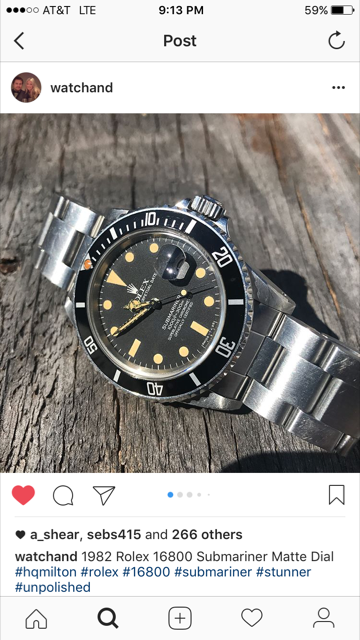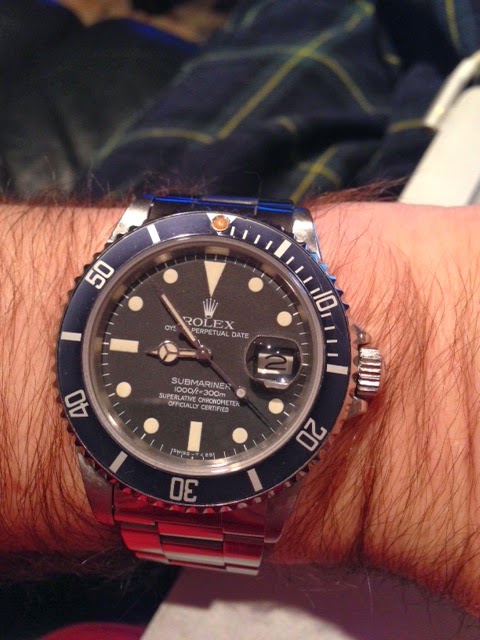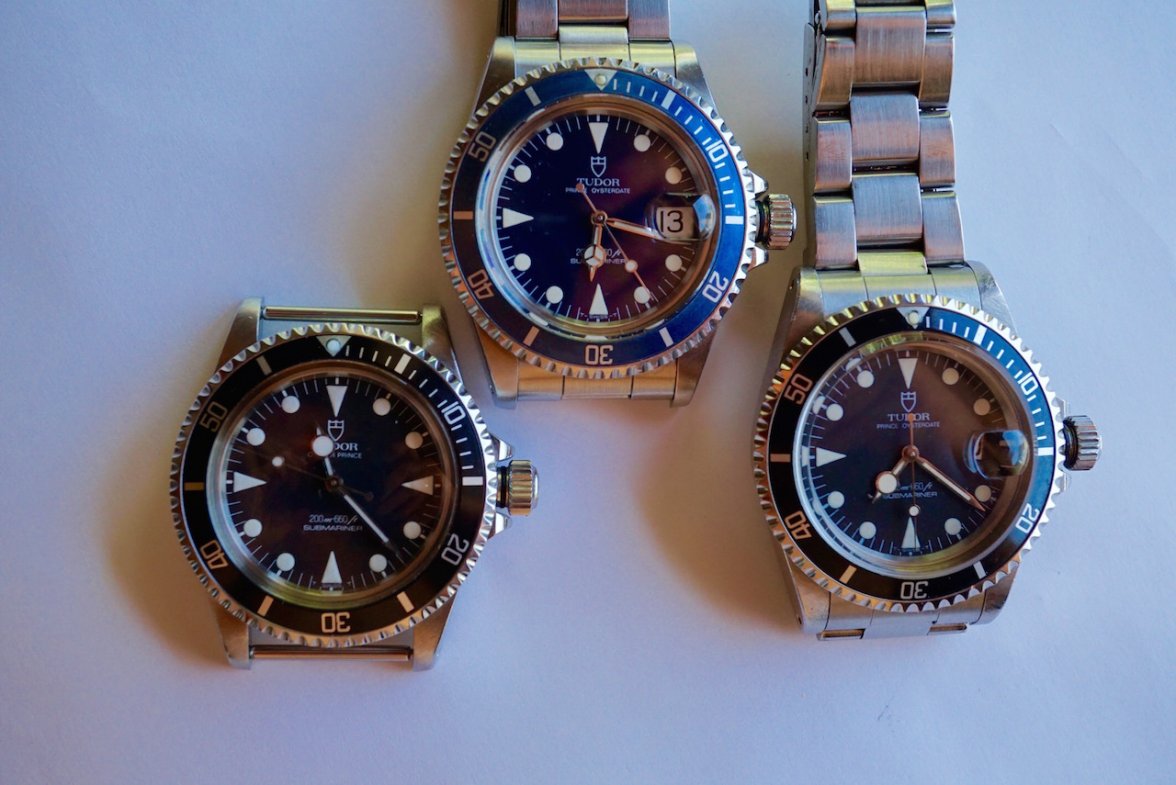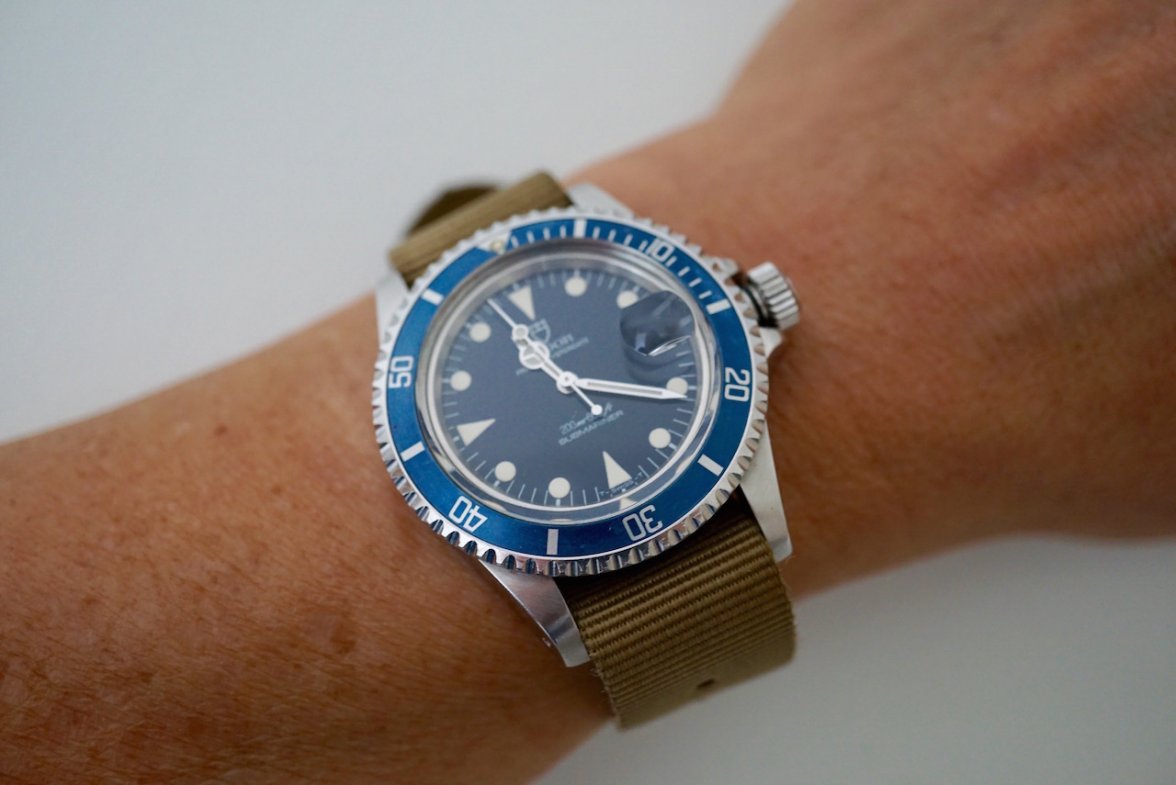jfmiii
·kinda but maybe. i think the reason why 5513 and 1016s are considered vintage (even if produced in the 80s) is because the reference starting production way before that - the 1960s. 16750 matte, as a transitional that bridged the 1675 (and which itself started production in the late 70s) is considered vintage for that reason. I think 16800 and 16660 are borderline. I guess what I am saying is that each watch needs to be taken and regarded on its own merits - not sure there is a specific cut off time that should say a watch is vintage or not. But I think most would say at least 30 years (which would put us at 1987). Also there is the individual wearer - I am sure whether you were born in the 60s or 90s has an impact on what you would consider vintage...
my 0.02.
i agree with you that each watch should be looked at individually. i hate the "what is the vintage cut-off" threads. imo, your reasoning for why a 16750 matte is vintage is spot on and precisely why a 16800 matte is vintage Rolex. the 16800 matte was a true transitional just as the 16750. imo, if i had to delineate when a particular model became "modern" it would be when it was introduced with solely WG surrounds. 168000 for the Sub, 16600 for the SD, 16700 for the GMT, 16550/14270 for the Explorer, 16520 for the Daytona. Of course, I also think the argument that any watch with a tritium dial should be considered vintage bc they will develop the 'look' with age. A vintage Rolex is a bit like porn....hard to describe what makes it so but you know it when you see it. And anyone looking at a well patina'd, matte dial 16800 knows they are looking at vintage.



